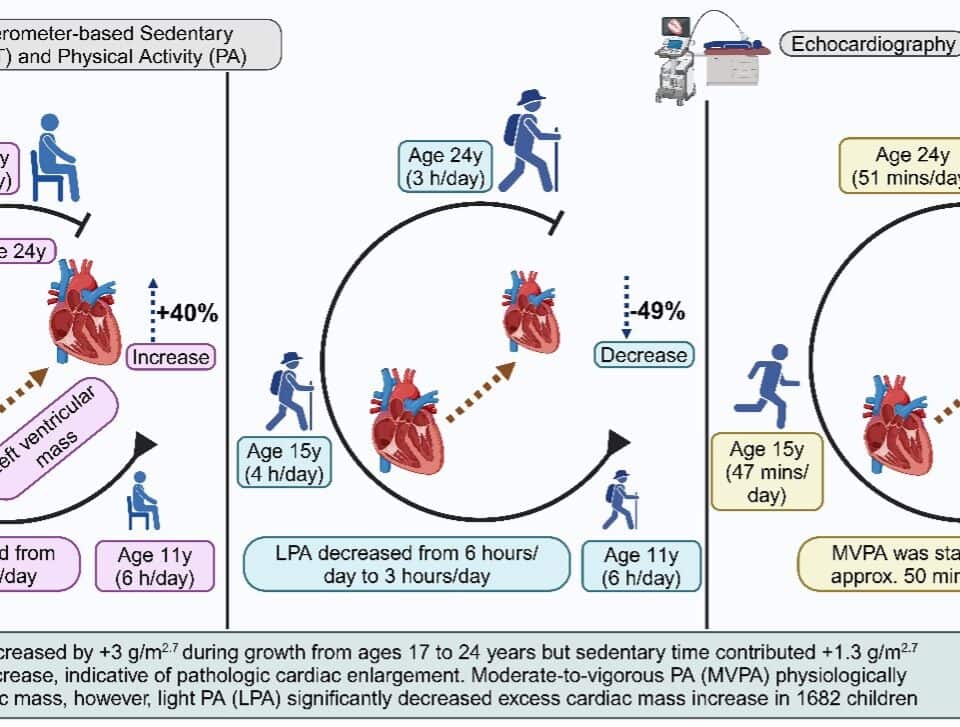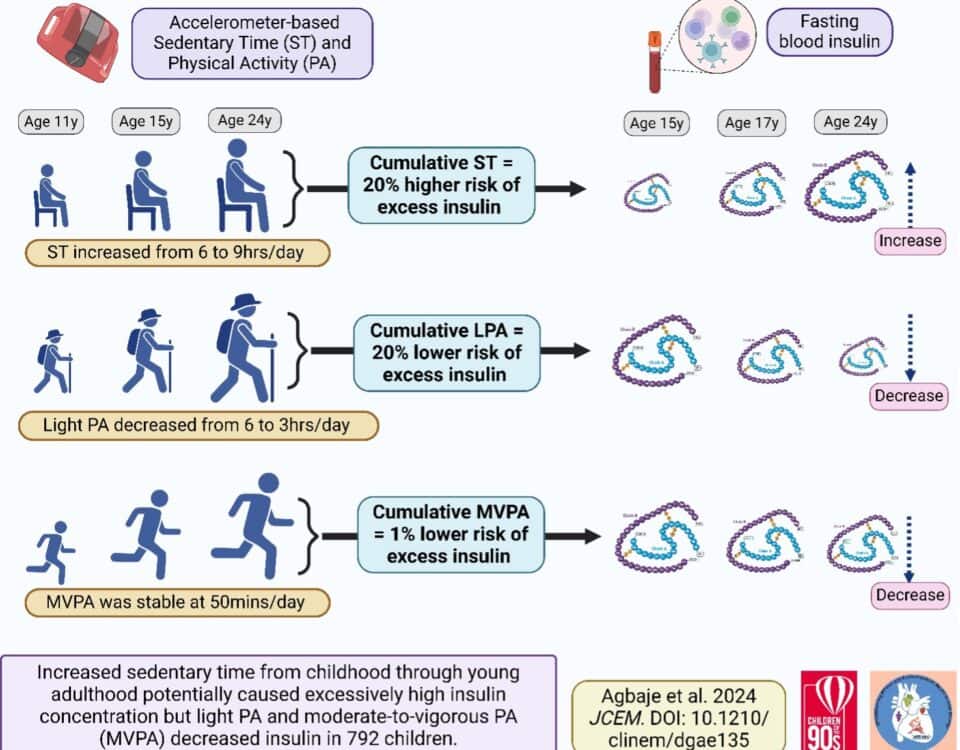
Levels and Correlates of Objectively Measured Sedentary Behaviour in Young Children SUNRISE Study Results from 19 Countries
April 1, 2022
School-related sedentary behaviours and indicators of health and well-being among children and youth: a systematic review
April 21, 2022Earlier this morning the Sedentary Behaviour Research Network published International Recommendations for School-Related Sedentary Behaviours. Published in the International Journal of Behavioural Nutrition and Physical Activity, these evidence-based recommendations provide guidance on ways to maximize the benefits and minimize the harms of school-related sedentary behaviours. These recommendations are based on the best available evidence, expert consensus, and stakeholder input. The paper outlining the process used to develop the recommendations is available here while the systematic review which informed the recommendations can be found here.
The recommendations have already been translated into more than a dozen languages, all of which can be found here.
SBRN and Physical and Health Education Canada have also developed a range of resources related to the recommendations:
- Video: Overview of the rationale and process used, and explanation of the recommendations themselves.
- Video: Overview of existing guidelines for school-related and non-school related sedentary behaviours among school-aged children and youth.
- Video: Overview of the relationship between school-related sedentary behaviours and health outcomes among school-aged children and youth.
- Shareable slide deck on rationale, process, and recommendations.
- Educator-specific tools including videos and infographics can be found at PHECanada.ca.
Who do these recommendations apply to?
These recommendations are for children and youth attending school (typically 5–18 years of age) inclusive of gender, culture, nationality, and socio-economic status.
Who can use these recommendations?
Anyone with an interest in student health and well-being can use these voluntary recommendations to counter sedentary behaviours—including students, educators, school administrators, policymakers, parents/guardians, caregivers, physicians and other healthcare providers.
What are the recommendations?
A healthy school-day includes:
- Breaking up periods of extended sedentary behaviour with both scheduled and unscheduled movement breaks
- at least once every 30 minutes for ages 5–11 years
- at least once every hour for ages 12–18 years
- consider a variety of intensities and durations (e.g., standing, stretching breaks, moving to another classroom, active lessons, active breaks).
- Incorporating different types of movement (e.g., light activities that require movement of any body parts, and moderate to vigorous activities that require greater physical effort) into homework whenever possible, and limiting sedentary homework to no more than 10 minutes per day, per grade level. For example, in Canada this means typically no more than 10 minutes per day in grade 1, or 60 minutes per day in grade 6.
- Regardless of the location, school-related screen time should be meaningful, mentally or physically active, and serve a specific pedagogical purpose that enhances learning compared to alternative methods. When school-related screen time is warranted,
- limit time on devices, especially for students 5–11 years of age;
- take a device break at least once every 30 minutes;
- discourage media-multitasking in the classroom and while doing homework;
- avoid screen-based homework within an hour of bedtime.
- Replacing sedentary learning activities with movement-based learning activities (including standing) and replacing screen-based learning activities with non-screen-based learning activities (e.g., outdoor lessons) can further support students’ health and wellbeing.
How to Implement These Recommendations2:
Educators, school administrators, policy makers, parents/guardians, caregivers, physicians and healthcare providers can implement these recommendations using the Four M’s approach:
- Manage sedentary behaviour.
- See recommendations above.
- Encourage Meaningful screen use.
- Prioritize face-to-face interactions over screen use.
- Use screens when they are the best pedagogical tool for the job and likely to enhance learning.
- Prioritize screens for mental and physical engagement, rather than for passive viewing.
- Turn screens off when not in use, including background TV or videos while doing school or homework.
- Avoid screen use during meal and snack times.
- Avoid using screens as the default method for content delivery or classroom management.
- Encourage students to review and self-regulate their screen use, and plan time for outdoor play and physical activity.
- Educators, healthcare providers, parents and caregivers should Model healthy and meaningful screen use.
- Monitor for signs of problematic screen use and follow-up with a physician or healthcare provider if concerns arise. Signs of problematic screen use can include:
- Complaints about being bored or unhappy without access to technology.
- Difficulty accepting screen time limits.
- Screen use that interferes with school, family activities, sleep, physical activity, offline play, or face-to-face interactions.
- Negative emotions following time spent playing video games, texting or using social media.
2Adapted with permission from the Canadian Paediatric Society (Canadian Paediatric Society, 2019).
References:
Saunders et al. International School-Related Sedentary Behaviour Recommendations for Children and Youth. International Journal of Behavioral Nutrition and Physical Activity
https://ijbnpa.biomedcentral.com/articles/10.1186/s12966-022-01259-3
Kuzik et al. School-Related Sedentary Behaviours and Indicators of Health and Well-Being Among Children and Youth: A Systematic Review. International Journal of Behavioral Nutrition and Physical Activity
https://ijbnpa.biomedcentral.com/articles/10.1186/s12966-022-01258-4



